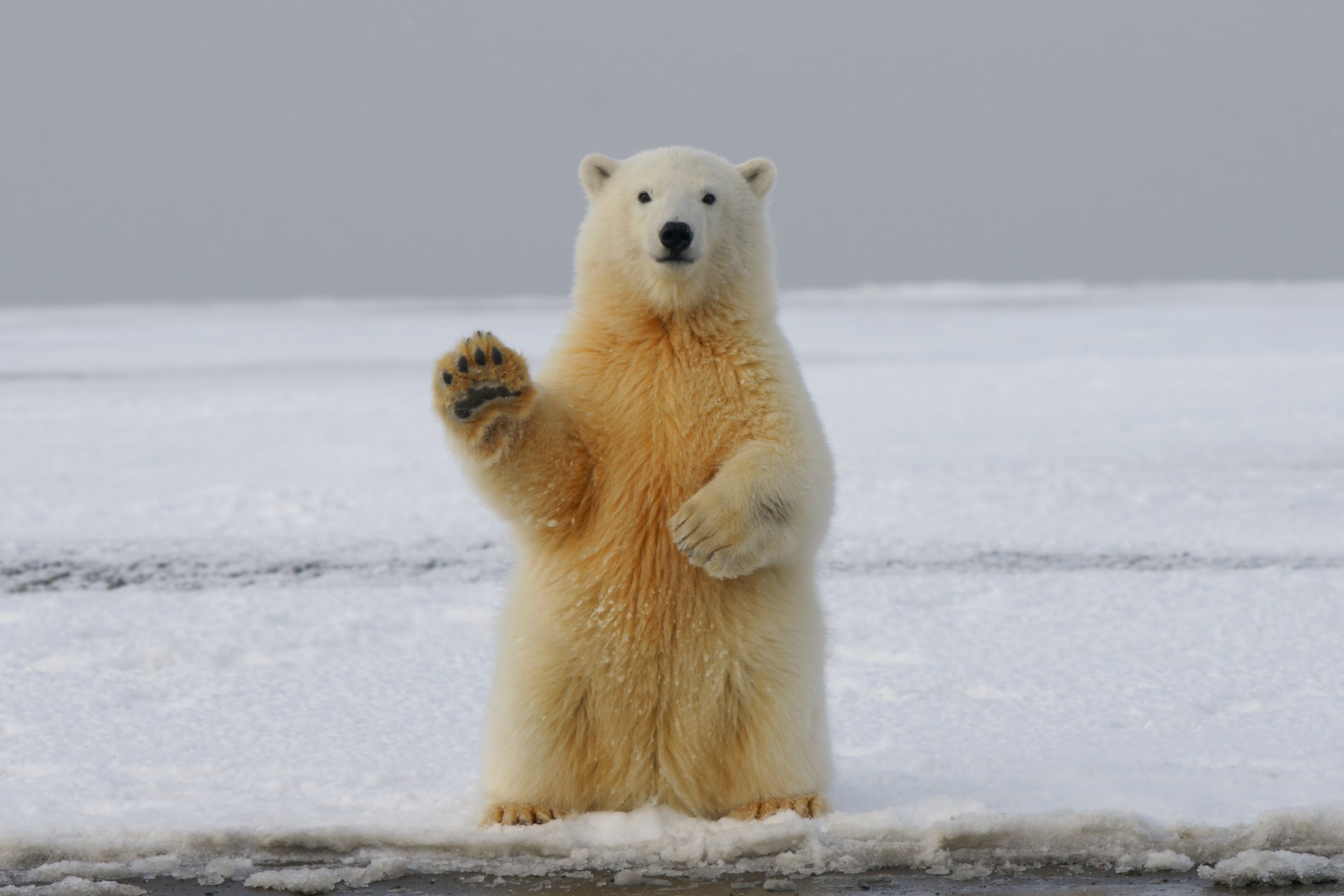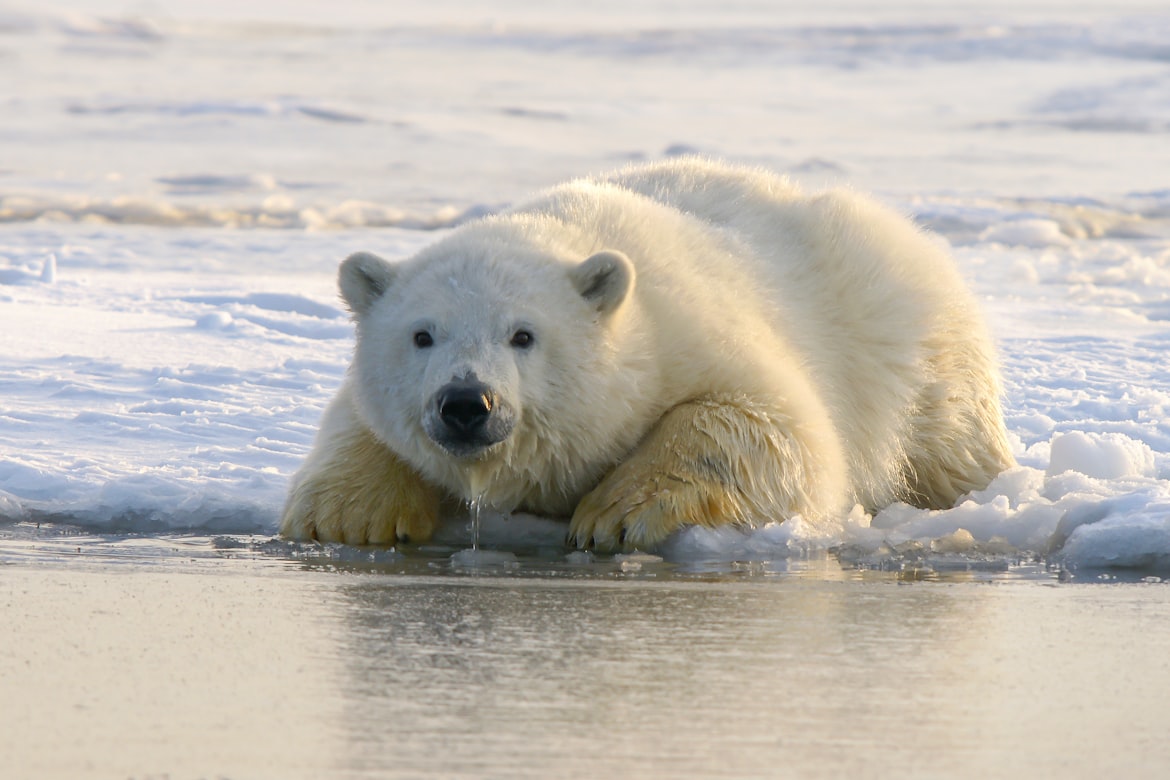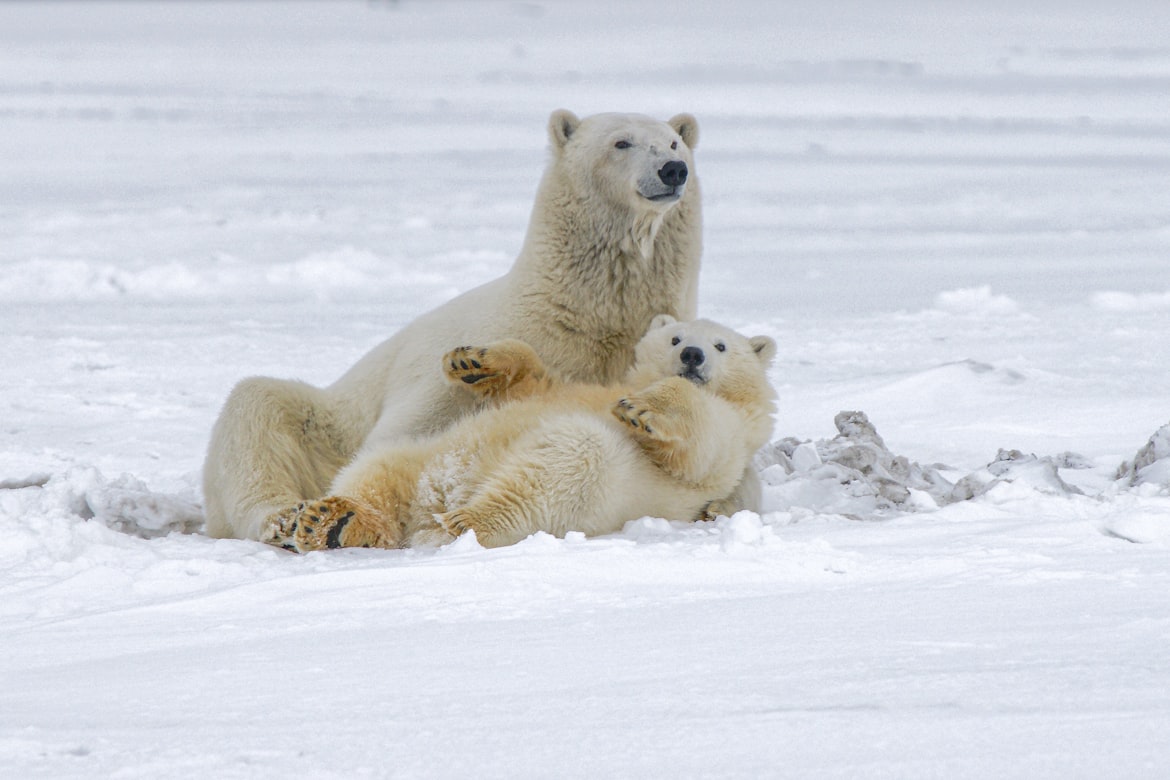The Mighty Claws: A Look at the Adapted and Omnivorous Bear

Bears are large, carnivorous mammals that are found in various parts of the world. They are known for their strong build, sharp claws, and excellent sense of smell. There are eight recognized species of bears, which are found in various parts of the world, including North America, South America, Europe, and Asia.
Physical characteristics
Bears are large mammals that can weigh up to 1,500 pounds. They have a strong build, with sharp claws and teeth, which they use for hunting and foraging. Bears also have an excellent sense of smell, which they use to locate food and avoid danger.
They have thick fur, which helps keep them warm in cold environments, and some species have distinctive coloration, such as the polar bear’s white coat.
Behavior and ecology
Bears are generally solitary animals, with the exception of polar bears, which live and hunt in groups. They are omnivores and feed on a variety of plants and animals, depending on the species and location. Bears are also known for their intelligence and problem-solving abilities, and some species are skilled climbers and swimmers.
Reproduction and social structure
Bears have a complex social structure and mating system. Males are responsible for protecting and providing for the family, while females do the majority of the caring for the young. Bears mate throughout the year and females give birth to a single cub or a litter of cubs after a gestation period of around 6-8 months. Cub survival rates vary depending on the species and environmental conditions.
Conservation and threats
Bears are threatened by habitat loss, poaching, and conflicts with humans. They are protected by international law, and conservation efforts are underway to protect their remaining populations and help them recover.
Some of the threats facing bears include habitat destruction due to logging, agriculture, and urbanization, as well as poaching for their meat, body parts, and fur.
Breeds and types
There are eight recognized species of bears, which are found in various parts of the world, including North America, South America, Europe, and Asia. Some of the most well-known species include the polar bear, the brown bear, and the panda bear. Bears are also classified into two categories based on their size and habitat: large forest bears and small arctic bears.
And, at last.
Bears are fascinating and unique animals that are an important part of the world’s biodiversity. However, they are also threatened and face significant challenges to their survival.
Conservation efforts are important to protect these animals and help ensure their future. It is also important for humans to coexist with bears in a way that minimizes conflict and promotes the long-term survival of these animals.







